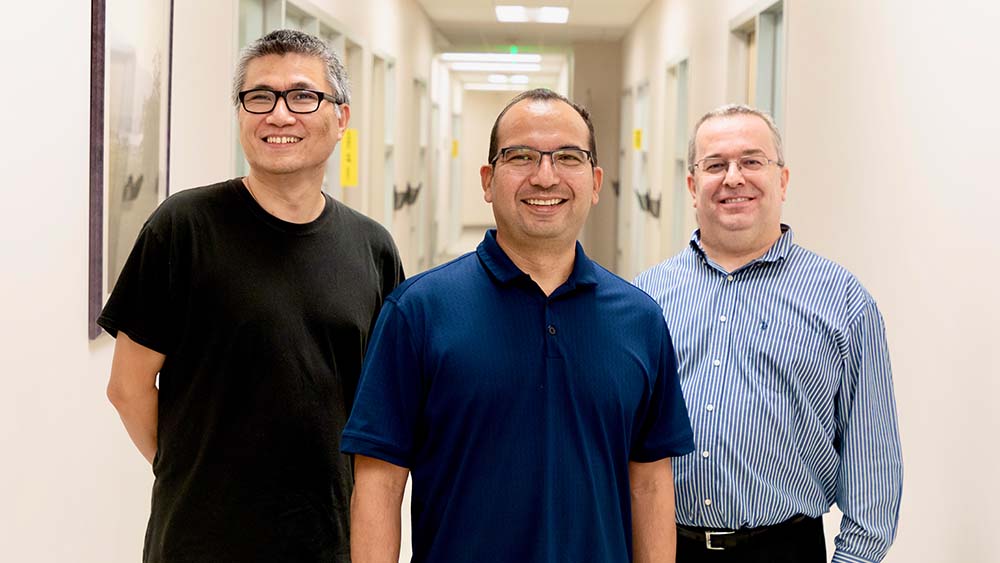
Shape memory alloys have been in use for a few decades, especially in the biomedical industry. They are also incorporated in a number of advanced technologies and applications, ranging from jet engine exhaust nozzles to solar panels on the Mars rover.
Unfortunately, current alloys have been found to have significant limitations in their temperature range of operation, preventing widespread utilization in transformative technologies, especially at high temperatures. This has led researchers to explore alloys with more complex properties and more than three or four elements being present in their makeup.
To develop such materials with better performance, the National Science Foundation recently awarded $40 million to 25 projects as a part of the Designing Materials to Revolutionize and Engineer our Future (DMREF) program. A team led by Dr. Raymundo Arróyave, professor in the Department of Materials Science and Engineering at Texas A&M University, has received $1.8 million to explore multi-principal element multi-functional alloys (MPEMFAs).
“In this project, we are investigating new shape memory alloys with improved properties, such as the ability of undergoing reversible transformations at very high temperatures without much efficiency loss,” said Arróyave. “We are putting together an effort combining computational and experimental materials science with artificial intelligence so we can explore this vast chemical space much faster than with traditional methods.”
The project titled “Artificial Intelligence-Guided Accelerated Discovery of Multi-Principal Element Multi-Functional Alloys” aims to discover MPEMFAs with extreme property combinations such as ultra-high temperature martensitic transformations with low hysteresis, stable reversible shape change under stress and superelasticity.
“Multicomponent shape memory alloys offer a lot of new opportunities such as reversible, ultrahigh temperature martensitic transformation and dimensional stability; however, there are a lot of potential issues at high temperatures we have to address in this new project,” said Dr. Ibrahim Karaman, department head in the Department of Materials Science and Engineering. “It’s challenging, but we expect to discover new physical principles.”
To address this challenge, the researchers proposed to develop a new closed-loop materials design framework that could integrate experiments, computational materials science models and machine learning/artificial intelligence (AI) approaches with customized interfaces connecting experiments, models, existing data and more critically, researchers across disciplines.
“Traditional materials research tends to be Edisonian in nature: one tries all kinds of recipes to see what works,” said Arróyave. “Here, we are leveraging advances in AI to try to explore a vast chemical space in an iterative manner: we carry out some experiments and simulations, feed them to an AI algorithm and then the algorithm suggests the next recipes to try.”
“In addition to speeding up new multi-functional alloy discovery by this closed-loop framework, we are also hoping that newly required data from the designed alloys can help better understand physics principles of multi-functional alloys’ properties, which can help refine both the computational and physics-informed machine-learning models,” said co-principal Dr. Xiaoning Qian, associate professor in the Department of Electrical and Computer Engineering at Texas A&M, who will focus on developing machine learning and optimization methods on this project.
The project will leverage the recently established graduate certificate called Data-Enabled Discovery and Design of Energy Materials and training doctoral students in an enhanced understanding of an important class of materials enabling a wide range of technologies
Karaman and Qian are also part of the team leading this project.